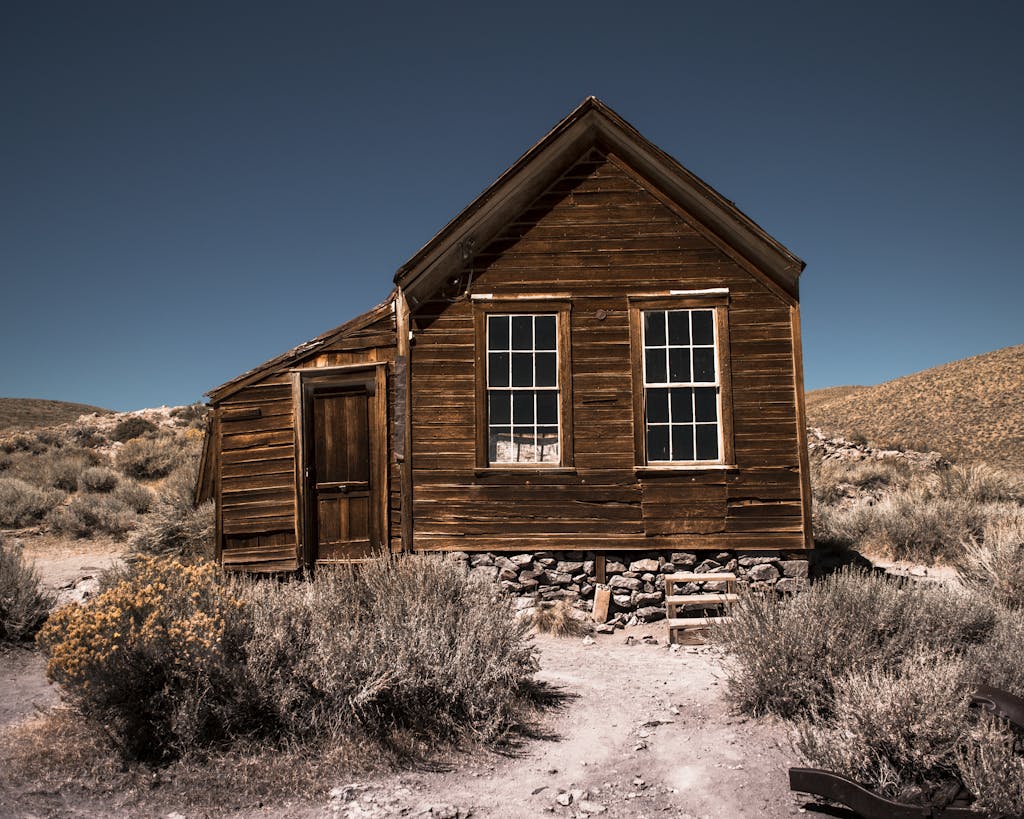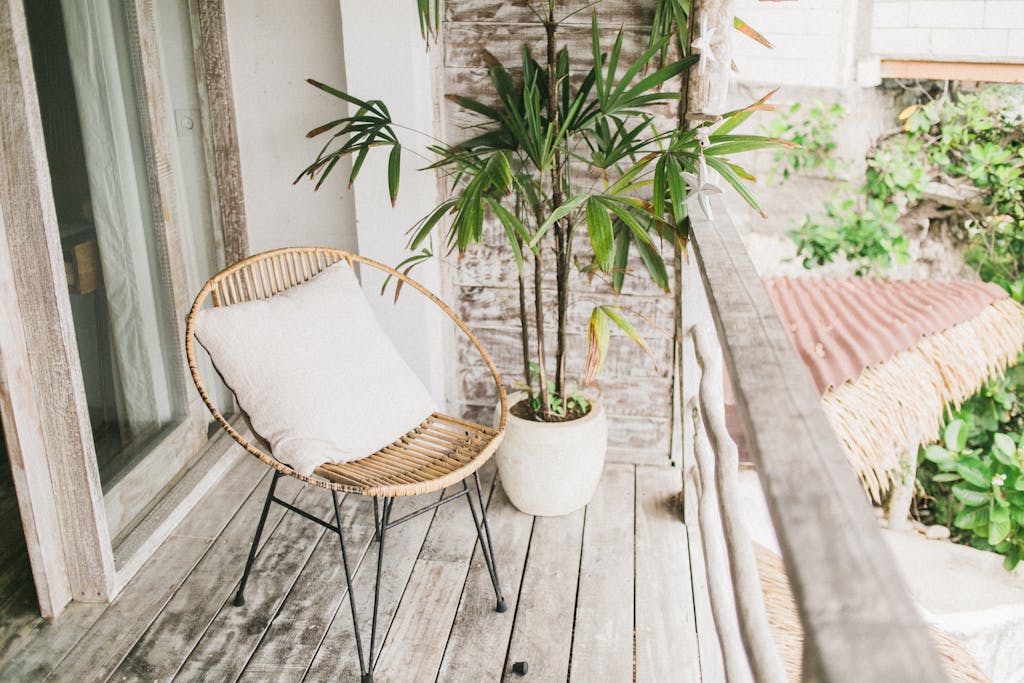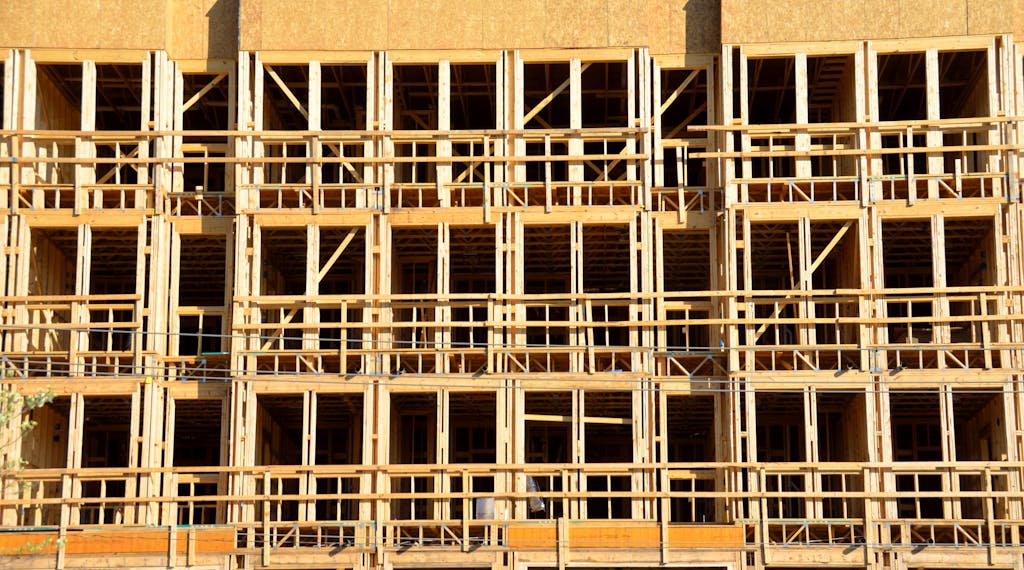Introduction: The Return of Timber to the Modern Architectural Scene
While steel, concrete, and glass have long dominated contemporary architecture, timber is making a compelling comeback—especially in exterior applications. Architects and designers are rediscovering timber’s warmth, versatility, and sustainability. From elegant façades to functional pergolas, timber offers a tactile contrast to industrial materials, blending modernity with natural charm.
What is Timber in Architecture?
Timber refers to wood that has been processed into beams and planks, ready for construction. It comes in two primary forms:
- Natural Timber: Unprocessed wood used in its solid form.
- Engineered or Treated Timber: Enhanced for durability and resistance to weather, insects, and decay.
Used correctly, timber can withstand harsh outdoor environments while aging beautifully, often acquiring a rich patina over time.
Common Outdoor Applications
1. Pergolas and Canopies
Timber is ideal for creating shaded structures like pergolas and garden canopies. It allows for:
- Natural integration with landscapes
- Customizable spacing and patterning
- Visual lightness with structural integrity
2. Fences and Privacy Screens
Wooden fences offer:
- Warmth and softness compared to metal
- Acoustic insulation
- Design flexibility (e.g., horizontal, vertical, or lattice styles)
3. Exterior Façades and Cladding
Timber façades can transform building envelopes into organic, living surfaces:
- Slatted wood cladding provides texture and rhythm.
- Vertical battens add height and dynamic shadow play.
- Composite timber panels ensure durability while maintaining the wood aesthetic.

Advantages of Using Timber Outdoors
| Feature | Benefit |
|---|---|
| Aesthetic Appeal | Natural grains and tones evoke warmth and harmony with surroundings |
| Environmental Value | Renewable, biodegradable, and carbon-sequestering |
| Thermal Performance | Low thermal conductivity helps in passive climate control |
| Lightweight | Easier to install than stone or concrete |
| Workability | Can be easily cut, shaped, or joined |
Challenges and Considerations
Despite its many strengths, timber must be specified and maintained properly:
- Weathering: Exposure can lead to graying or splitting.
- Pest Risk: Untreated wood is vulnerable to termites and insects.
- Fire Safety: Timber is combustible unless treated.
- Maintenance: Requires periodic oiling, sealing, or staining.
To address these issues, many projects now use:
- Pressure-treated wood
- Thermally modified timber
- Composite wood alternatives
Timber vs. Metal vs. Stone: When to Choose What?
| Criteria | Timber | Metal | Stone |
|---|---|---|---|
| Weight | Light | Medium to heavy | Very heavy |
| Thermal Comfort | Excellent insulator | High conductivity | Retains heat |
| Maintenance | Moderate to high | Low (if stainless or powder-coated) | Very low |
| Aesthetic | Warm, organic | Sleek, industrial | Solid, luxurious |
| Eco-Friendliness | Highly renewable | Energy-intensive production | Non-renewable, quarry-dependent |
| Cost | Moderate (depending on type) | Varies greatly | Expensive |
When to choose timber:
- For projects requiring visual warmth and human scale
- In residential or hospitality settings
- When sustainability and low embodied carbon are priorities

Species and Treatments for Exterior Use
Some of the most popular and durable timber species for outdoor use include:
| Species | Natural Durability | Common Applications |
|---|---|---|
| Teak | High | Decking, façades, furniture |
| Cedar | High | Cladding, pergolas |
| Accoya | Very high (treated) | High-performance façades |
| Thermo-Ash | High (heat-treated) | Screens, slats |
| Iroko | High | Fencing, outdoor furniture |
Proper treatment—whether oiling, sealing, or thermal modification—is essential to extending the life and performance of outdoor timber.

Sustainability: Timber as a Responsible Material
Timber is one of the few construction materials that is:
- Naturally renewable
- Carbon-sequestering
- Low-energy to process
Certified timber (FSC, PEFC) ensures responsible forestry practices, making it a preferred choice in green architecture. Additionally, modern timber treatments reduce reliance on tropical hardwoods, promoting the use of fast-growing species.
Conclusion: Embracing Timber for Timeless Outdoor Appeal
Whether you’re designing a garden pergola, a contemporary screen, or an entire timber-clad façade, wood brings a sense of grounding and authenticity that few other materials can. Its ability to connect built environments with nature, provide tactile and thermal comfort, and align with sustainable principles makes timber a timeless ally in outdoor architectural design.
More on INJ Architects:
